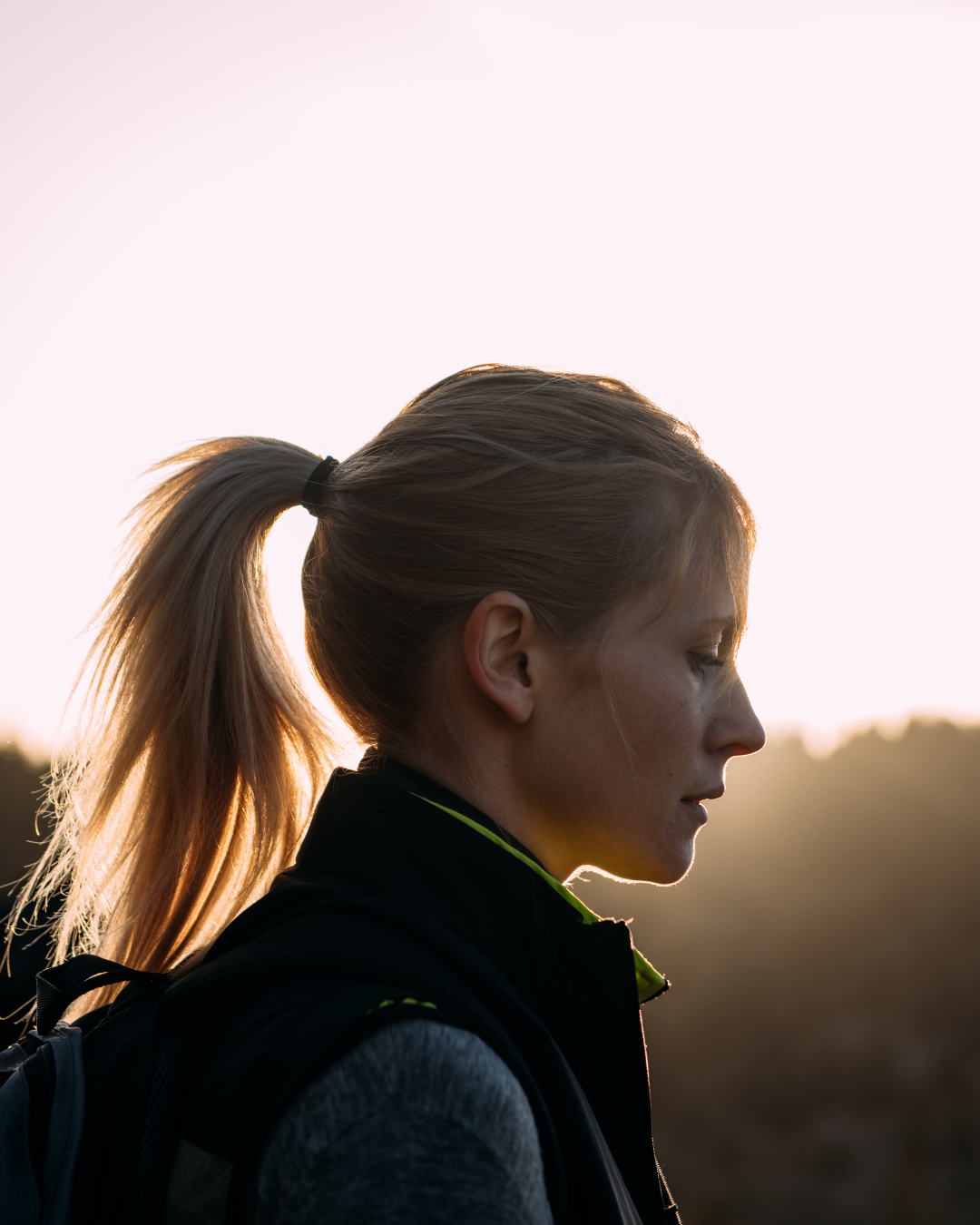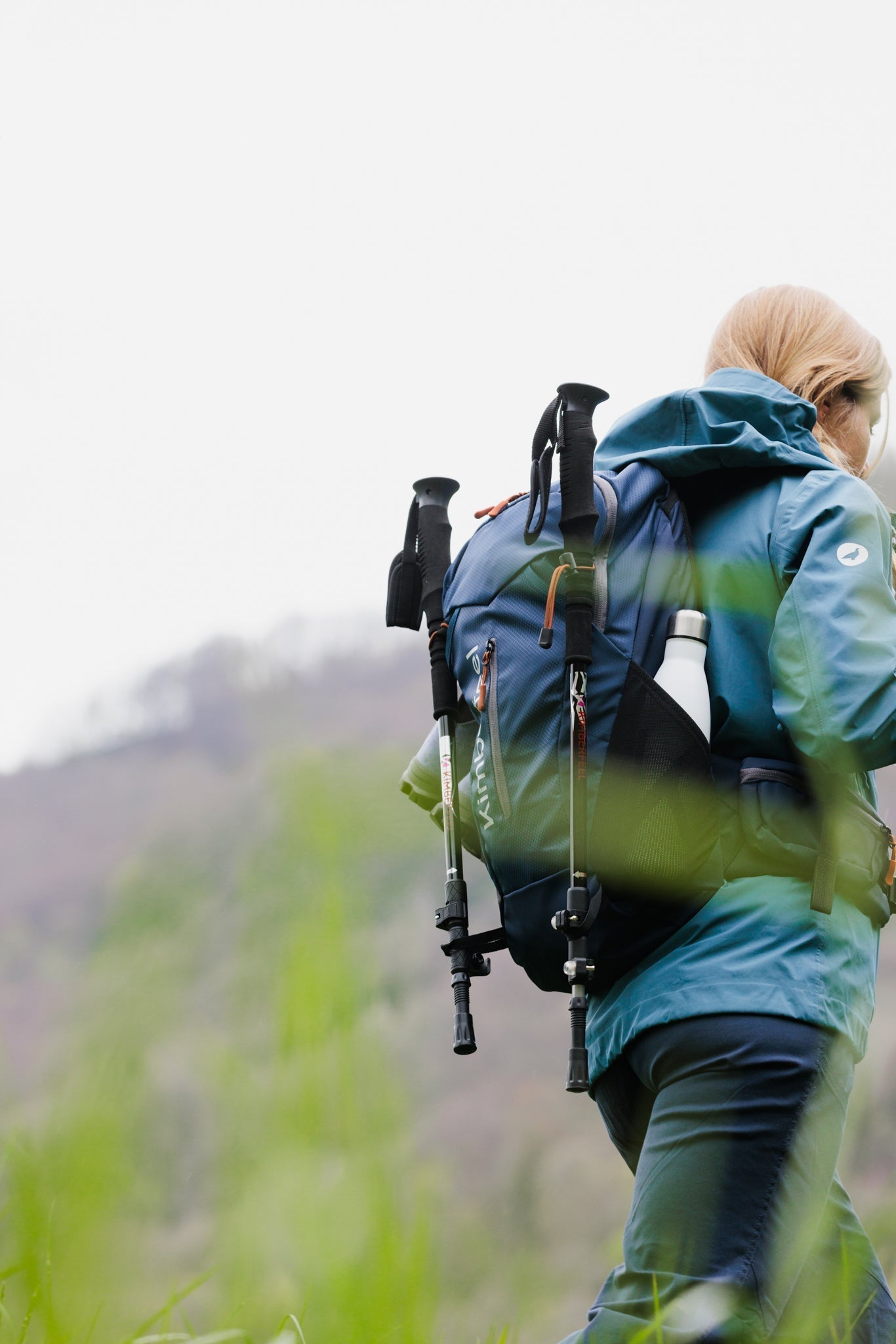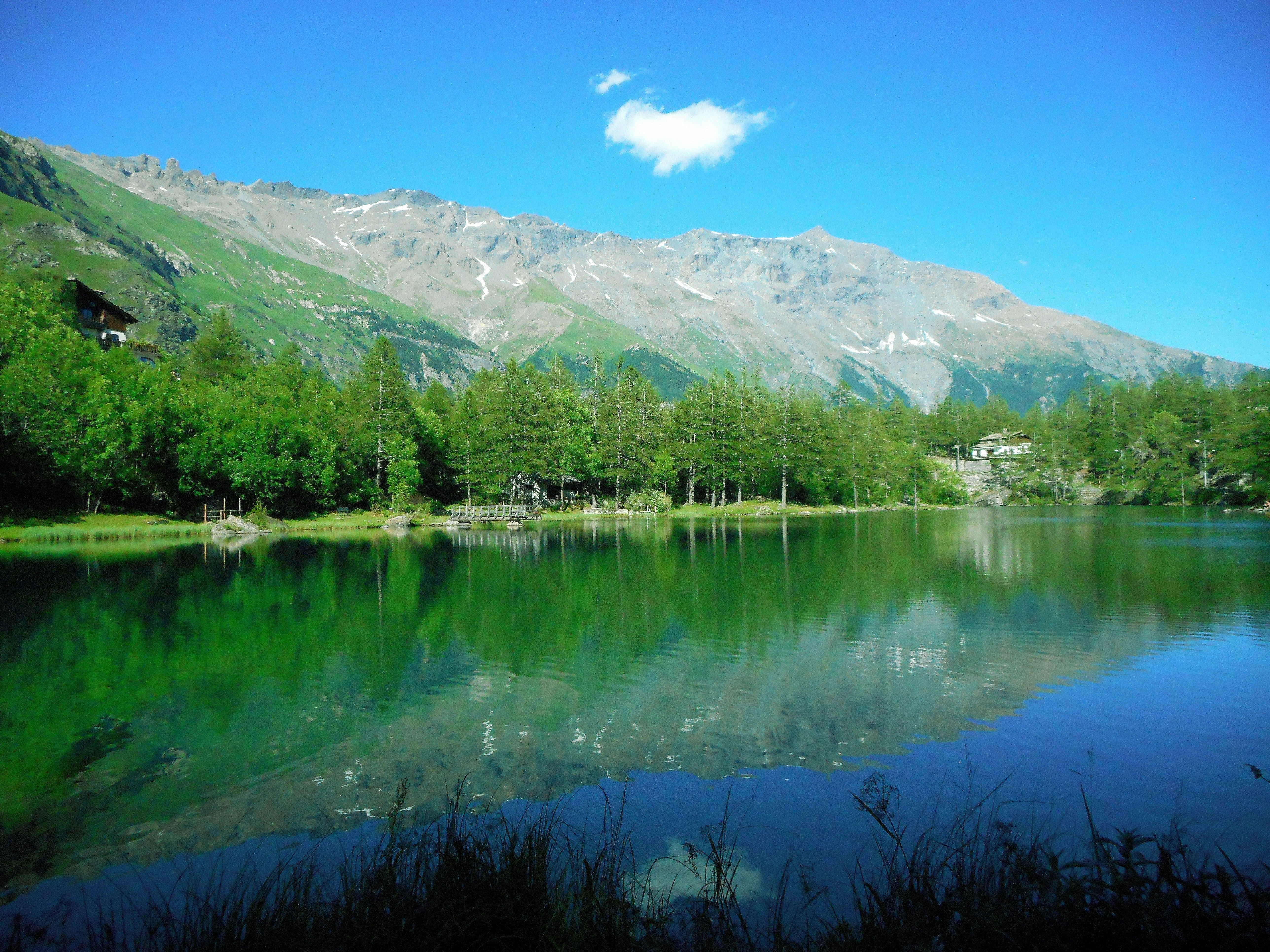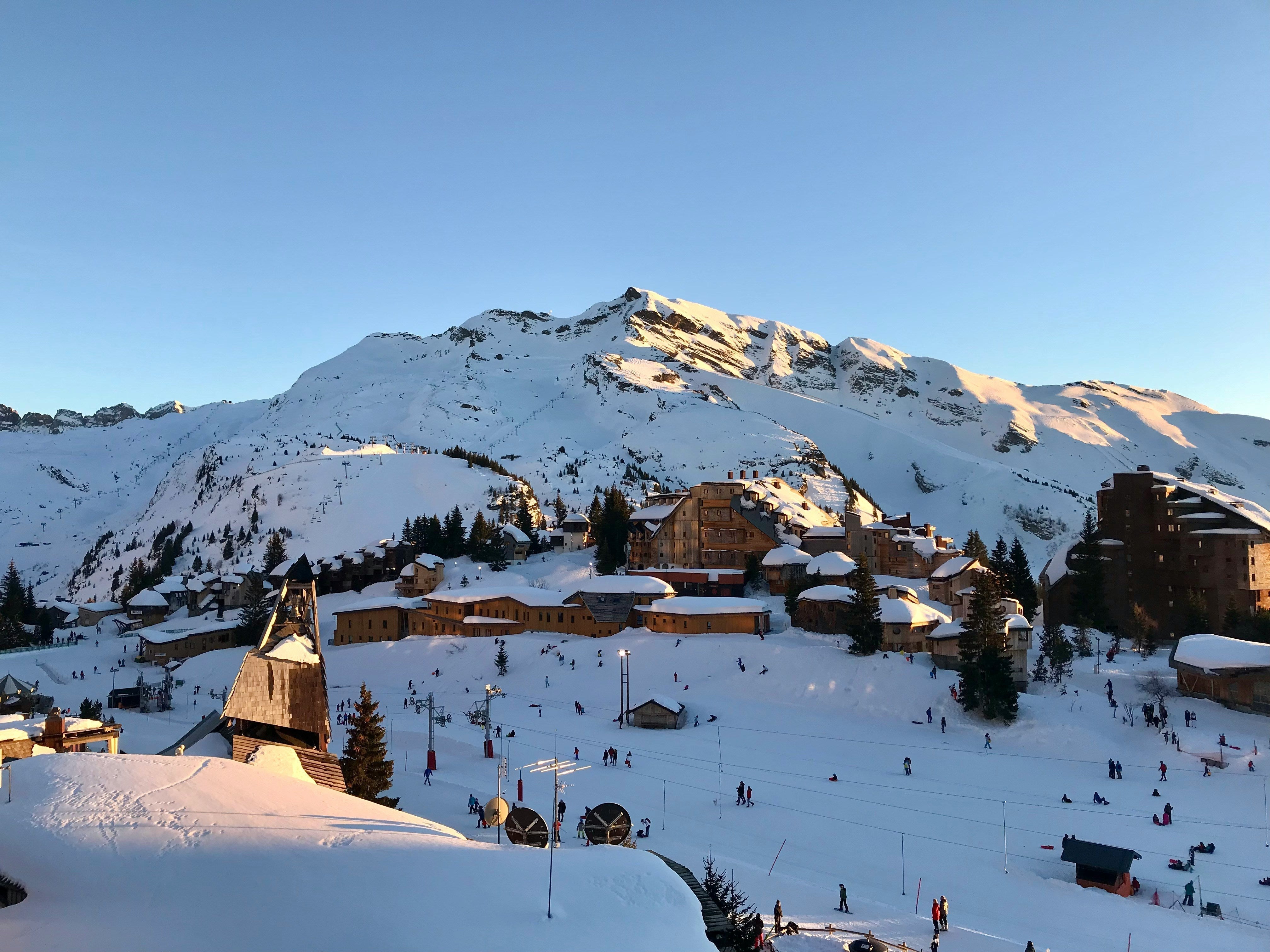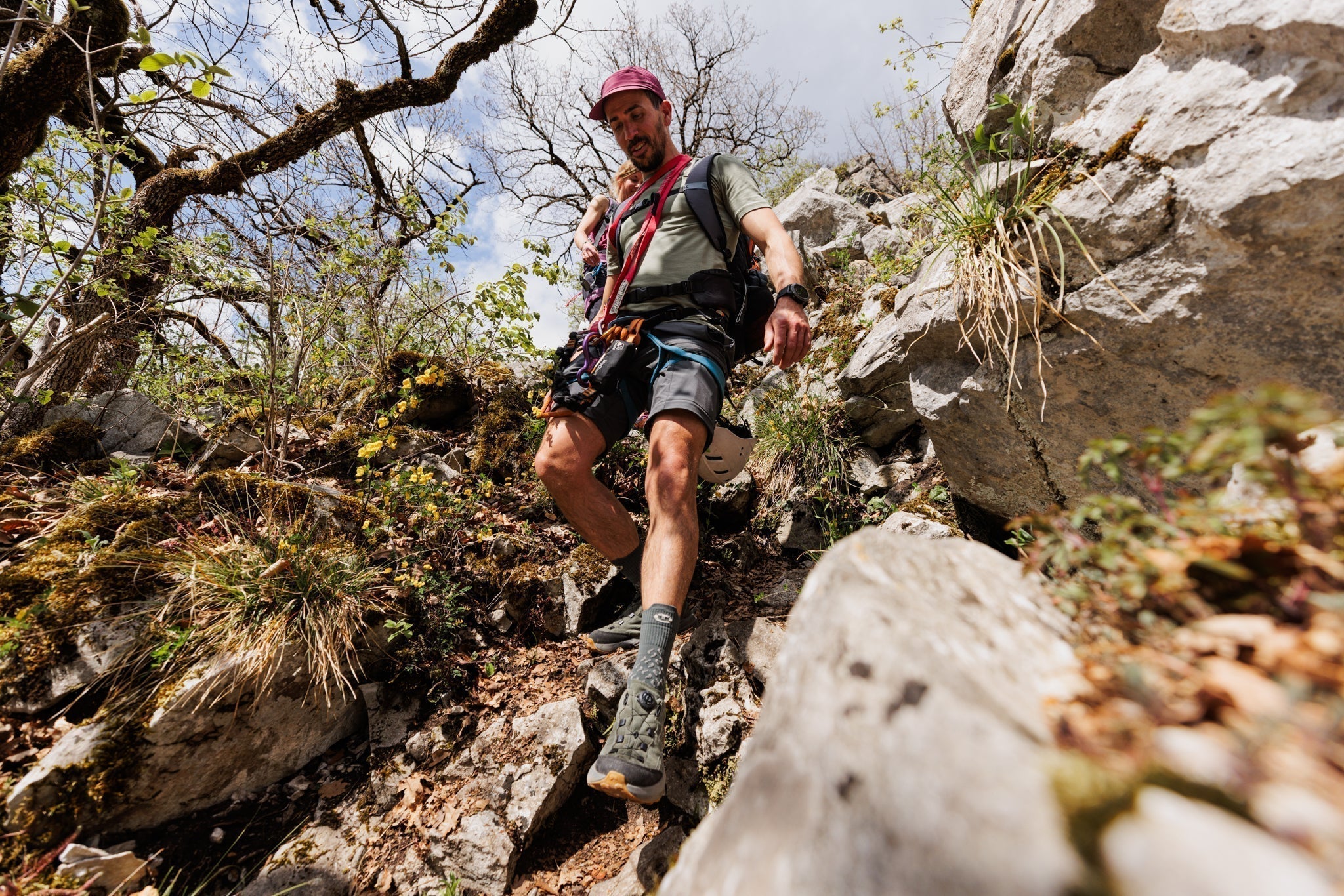Stress, mental fatigue, information overload: our brains take it all in, every day. The good news is that there's a simple and accessible way to soothe it, without screens, prescriptions, or subscriptions. That way: walking in nature.
From forests to coastal paths and country lanes, walking outdoors helps reduce anxiety, regulate mood, improve sleep, and restore a sense of clarity. It's simple, accessible, and yet underrated.
In this article, we look back at the mental benefits of walking in nature: what the science says, why it works, and how to benefit from it even if you're not a great hiker.
What the science says: Walking in nature really does soothe the brain
You don't need to be a researcher to see it: after an hour of walking in the forest, we often feel calmer, clearer, more "aligned." But there's also concrete data behind this feeling.
Several serious studies have shown that regular contact with nature reduces stress, anxiety, and mental rumination. Stanford University, for example, demonstrated that walking for 90 minutes in a natural environment reduces activity in an area of the brain linked to repetitive negative thoughts. Less rumination means less of a “mental loop” effect.
Another documented effect: a decrease in cortisol levels, the stress hormone. Walking activates deep breathing, stimulates the senses, and promotes almost automatic relaxation. It doesn't erase problems, but it puts the brain in a more calm mode. More space to think, less mental load.
Finally, exposure to natural light and outdoor sounds (birdsong, wind, etc.) also affects the nervous system. We come out of alert mode, we return to something simpler. And that, for an overloaded mind, is already a lot.
Nature + movement: a true alliance for the mind
Walking is good for your mind, but being in the great outdoors is even better. It's not just about fresh air or the scenery: it's a combination that works deep down.
Nature alone has a calming effect. It reduces nervous tension and helps you disconnect from constant demands. But when you add movement, the impact is even stronger. Some studies even refer to it as green exercise: moderate physical activity outdoors with measurable effects on mood and mental health.
Concretely, walking in a green space stimulates both the body and cognitive functions. The slow and steady pace of walking helps the brain regulate itself. We find a kind of natural tempo, far from screens and notifications.
Some researchers even refer to walking as a form of active meditation. You walk, you move forward, you breathe, and your attention gently returns to the present moment.
No need to “clear your mind” or perform anything: simply performing the steps is enough to re-anchor.
It's also one of the few activities where there's no performance goal. No time limit. No set number of steps. Just you, your shoes , and a trail.
Visible benefits every day
Mental health is often discussed as a vague, abstract topic. But the effects of regular walking in nature are very real. And, above all, lasting.
01. First, on the mood
Several studies have shown an increase in endorphins after walking outdoors. In short, it helps restore a more stable, positive state of mind, even during challenging times. The simple act of moving, getting some fresh air, and getting out of the house has a direct impact on morale.
02. Then, on sleep
Walking during the day, especially in natural light, helps regulate your circadian rhythm. Your body better understands when it needs to be active and when it can relax. You'll soon notice falling asleep faster and sleeping more soundly at night.
03. On the mental side, walking also allows you to better sort your thoughts
You're walking, your body is busy, and meanwhile, your brain is cleaning up. Many people report finding ideas, solving problems, or gaining perspective while walking. This is no coincidence.
04. Finally, there is the feeling of accomplishment
Even after a short walk, there's still that simple satisfaction: you've moved, taken time for yourself, and breathed. And in busy weeks, that counts.
No need to be an experienced hiker to enjoy it
Walking in nature is not elitist. You don't need to go on a trek or climb a peak to feel the effects we're talking about. A 30-minute walk in a forest, by a lake, or in a park is enough.
The key is regularity. It's better to walk a little often than a lot infrequently. If you have a patch of greenery within walking or wheeling distance, take advantage of it. Even in the city, there are quiet spaces with minimal vegetation where your brain can switch off.
You don't need to be in great shape either. Walking remains a gentle activity, accessible to almost everyone. And the more you walk, the more fluid it becomes. The body follows, and so does the mind.
You can also set yourself little rituals: a walk at the weekend, a lunch break outside when possible, or a Sunday morning outing in nature. Nothing mandatory, but these are guidelines that provide structure.
And if you want to make it a moment of your own: go alone, without a specific goal, without headphones. Walk for the sake of walking. You'll see, it changes your relationship with time.
What if we walked, precisely to slow down?
Walking is the opposite of our usual pace. No notifications. No pressure. Just one foot in front of the other. And it feels good, precisely because it's slow.
In a busy daily life, walking creates a break. It forces you to slow down, breathe, and look around. Not to be productive, but to reconnect with something simpler. You have nothing to prove when you walk. No results to deliver, no message to send. And that's rare.
At Kimberfeel, we believe in this idea: that of simple freedom, within reach. Walking to find balance, to refocus, or simply for the pleasure of forging your own path.
So yes, walking doesn't solve everything. But it can change everything in the way you approach what's weighing you down. A few kilometers are sometimes enough to reset your mind. And for that, there's no need to aim high: you just have to choose your path.
Looking for walking ideas, gear tips, or reasons to walk a little more? We've got you covered.
➜ Afghan walking: the technique that will change the way you hike
➜ Why are more and more people adopting slow outdoor living?
➜ Comparison: low, mid or high hiking shoes, how to choose?


